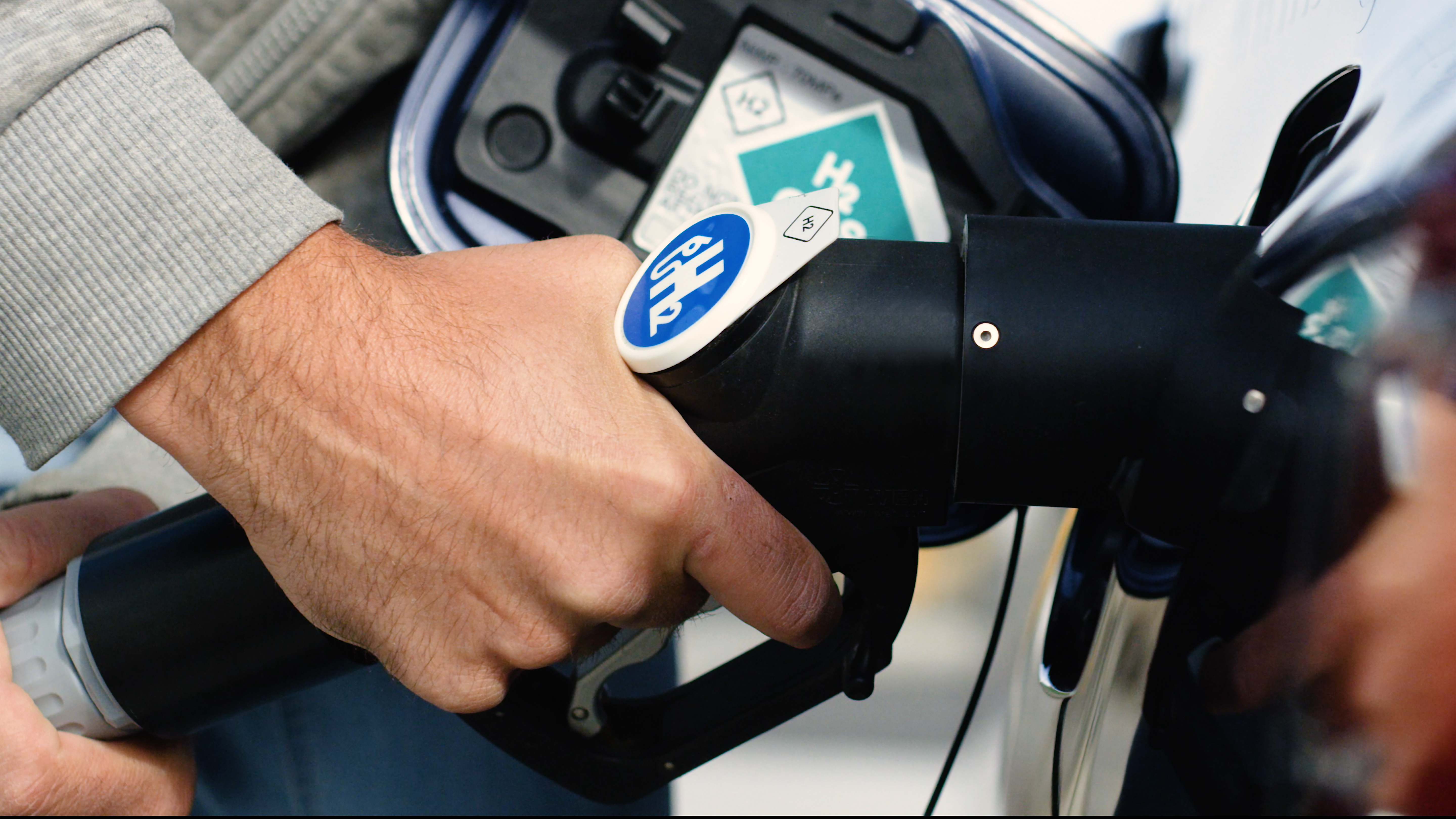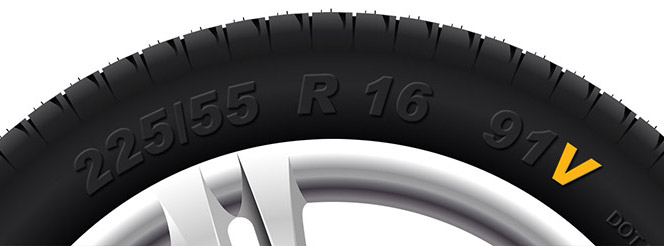What is Hydrogen Fuel for Cars & Is It Viable?
Published on: Thursday, 06 April 2023 | Author: Jack Dreyer
“Hydrogen fuel” seems like a space-age, science fiction term – “Captain, the Hydrogen Fuel capacitor has entered flux mode malfunction!” an attendant shouts while pushing console buttons at random. But while it certainly is space-age, it’s also (potentially) the next main source of clean, emission-free power.
But what exactly is it, and is it actually going to be the future for cars?
What is hydrogen fuel?
To be more technically accurate, what would be used for vehicles would be hydrogen fuel cells. These look much like batteries but the liquid that fills them up would be pure hydrogen. A simplification here is that by mixing oxygen with the pure hydrogen, you can produce electricity and heat, and use that to power your vehicle.
Crucially, the only emission here becomes pure water! So it completely eliminates the problems of roadside pollution. And the ability to quickly refill a hydrogen fuel cell (like you would any petrol or diesel car) means that you’re not stuck with long recharge times like you are with many electric vehicles today.
And this isn’t even new technology! NASA has used hydrogen fuel cells since the 60s to power space shuttles and satellites.
Hydrogen is super abundant
To add more to the list of pros, hydrogen is the most abundant element in the universe – accounting for around 75% of matter throughout the universe. And you only need to see a view of the Earth from space to see just how abundant hydrogen is on Earth. So, compared to fossil fuels, there’s not much chance of running out of hydrogen in the next few million years.
The issue, however, is that hydrogen in its pure form – that is, hydrogen alone – is very rare. Instead, it has to be broken from water through a process called electrolysis (there are other ways to split water, such as with radiation, but this is currently the most viable).
So what’s the catch?
While all of this sounds great, splitting the two hydrogen atoms from the oxygen atom is a really energy-intensive process. So, at present, it’s only an “emission-free” alternative at the exhaust – the power plants that need to power the electrolysis process all need to be powered by fossil fuels.
But, with a greater transition to electricity generation from renewable sources, we could have a viable, clean alternative quite soon. If the electricity used in the electrolysis process is cleanly generated, then it’s a truly emission-free source of energy!
But will it become the new normal for cars?
This, at present, seems unlikely – not necessarily because the technology wouldn’t work, but because it requires a complete overhaul of the infrastructure for sourcing, transporting, and storing that hydrogen. None of the systems for storing petrol & diesel would be adequate, so all would have to be done away with.
The cost of this would be astronomical. But electric cars, on the other hand, are able to tap into already-existing energy grid infrastructure (with minor upgrades to handle fast-charging) and the ability to quickly recharge is developing exponentially.
However, that doesn’t mean that hydrogen fuel won’t ever be used. The batteries in electric cars are extremely heavy – and getting enough of them to power larger vehicles is a real challenge. So when it comes to large vehicles such as buses, freight lorries, and cargo ships, it may be quite likely to see a transition to hydrogen fuel.
Learn more on our blog
To learn more about cars and the auto industry, head to our blog!




